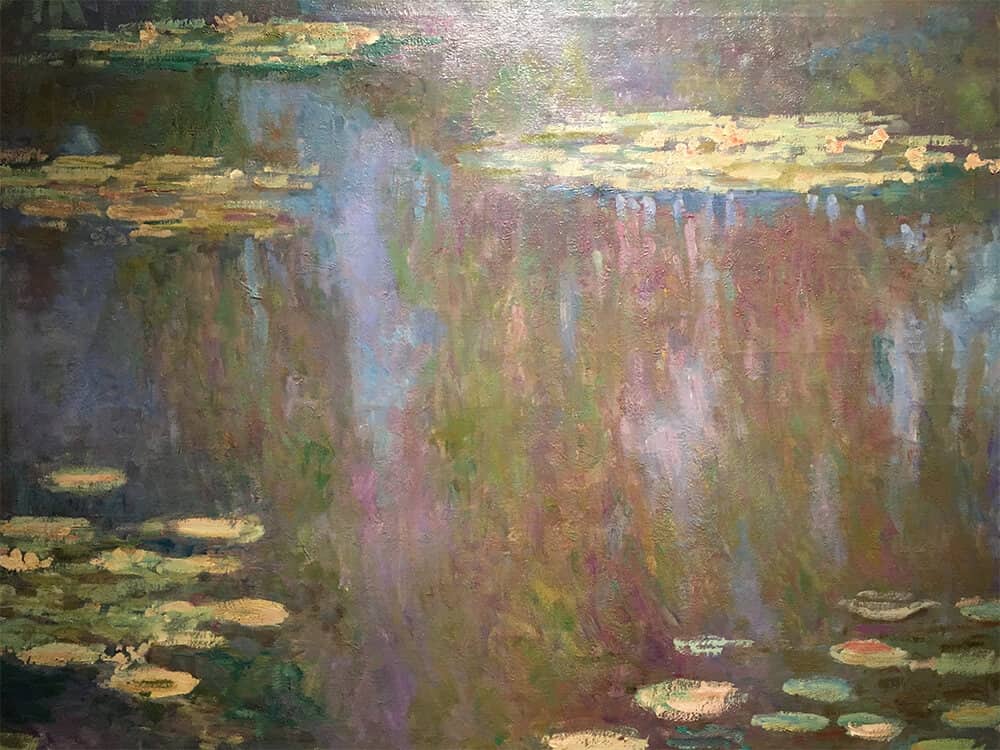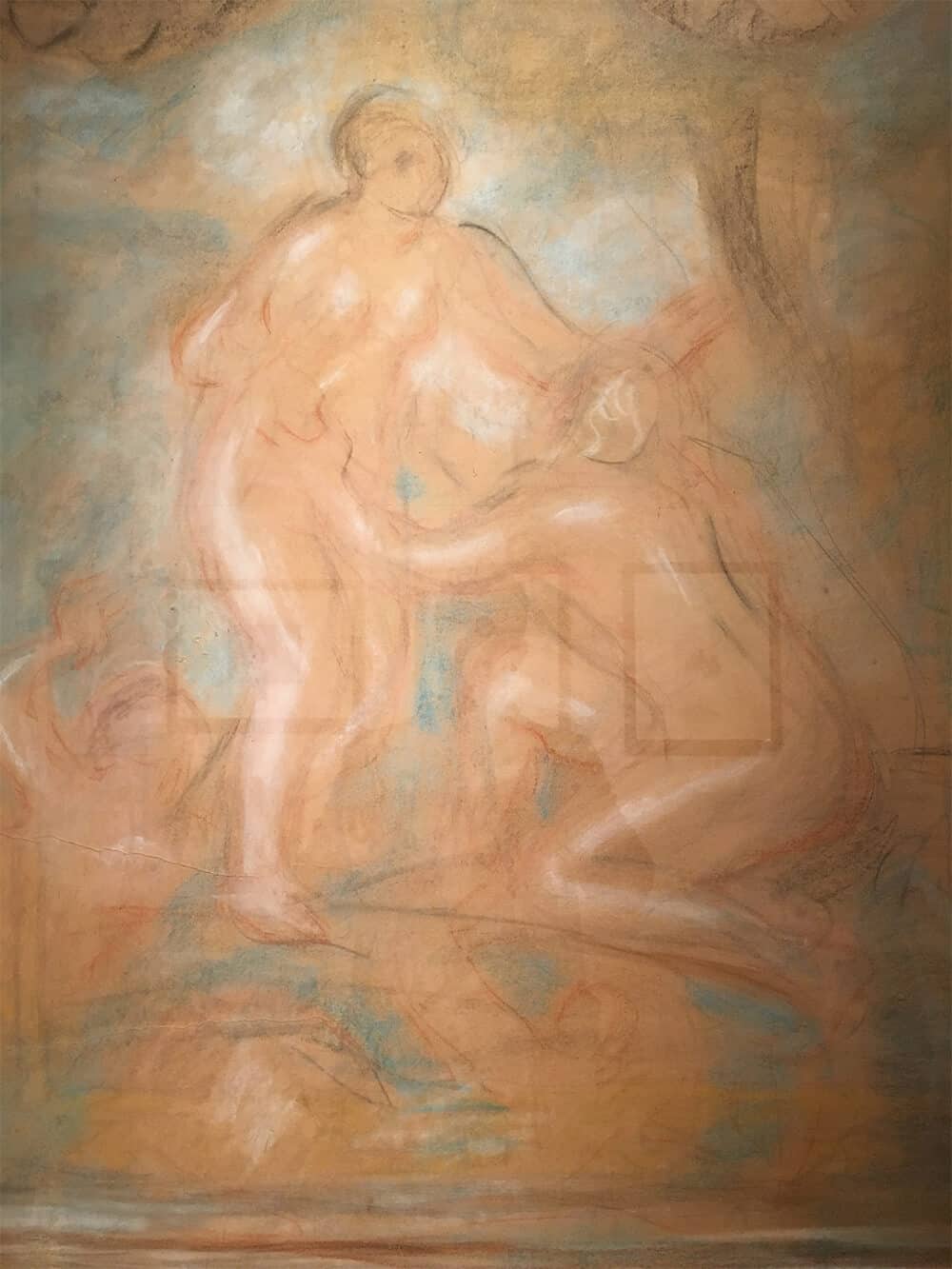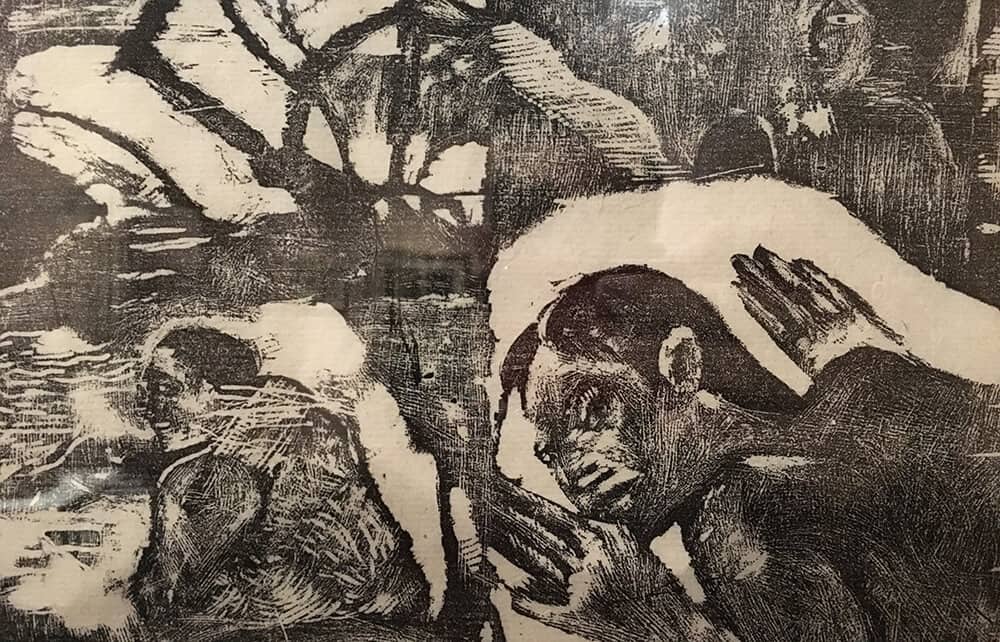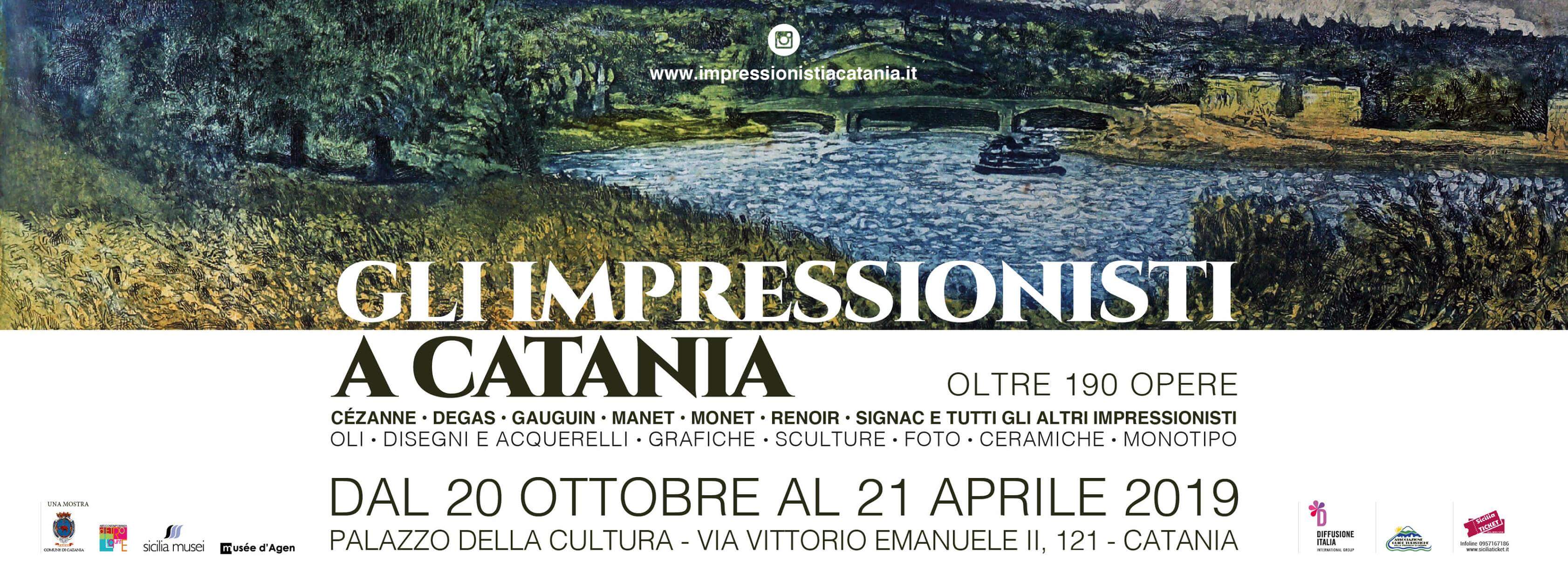Via Vittorio Emanuele II n. 121
Impressionisti a Catania

"Impressionisti a Catania" exhibit - which will last until 20th april 2019 - is takes place in Palazzo della Cultura, in Vittorio Emanuele II street n. 121. It has a lot of painting, designed by excellent painters like Cezanne, Degas, Gauguin, Renoir, Manet and Monet.
The first painting showed is a piece of Theodore Gericault, Eugene Delacroix and Gustave Courbet. A quote of Courbet open the exhibit to visitors: "If painting could be explained or translated in words, there would be no need to paint them".
Here we will describe only the most important pieces of the exhibit. By the way, the only italian painter present is Giuseppe De Nittis. Born in Barletta in 1846, he was the only italian that were admired by impressionist Parisian masters.
Price and schedule
Unfortunately we had to do a selection related to the most important names, but they deserve to be mentioned because there are also their pieces in the exhibit. We are spoken on Millet, Corot and Pissaro. One hundred and more painters composes the entire show.
"Impressionisti a Catania" is open all week from 9.00 A.M. to 7.00 P.M. The ticket office closes at 6.00 P.M. The ticket price is 12€. Groups ticket price is (min. 10 people) 9€, students ticket price from 11 to 18 years old or academic is 7€.
During "Notte dei musei" or in the first Sunday of the month the price of a normal ticket is 7€. If you are looking for other rates, you may click HERE.
Renoir and Cezanne

The two major impressionists in te exhibit are Renoir and Cezanne. In Renoir's room, the most beautiful painting is "La Saone se jetant dans les bras du Rhone". The work has been painted with bloody red pastel and represents the meeting of two Lione's rivers, Saone and Rodano. They are turned in a beautiful woman and a man with a long beard.
After Renoir's room, there's Cezanne's room. "The drawing and the colour are no longer distinct; as soon as you paint you draw; the more the colours harmonize, the more precise the drawing becomes" said the author. His most beautiful work in the exhibit is "Maison du docteur Gachet a Avers". The painting, which has an expressive force, represents the house where Vincent Van Gogh killed himself. There are also "Le Bagneurs", maybe they can be considerated as Cubism pioneer.
Gaguin and Monet

After Renoir and Cezanne, there is Paul Gauguin's rooms. "Manao Tupapau (that means spirit of the dead that keep vigil) et femme Maori" is his most beautiful piece. Renoir was influenced from Tahiti customs after his trip in this island. In the painting this influence is clear. It represents the juxtaposition of two scenes: in the first, we can see a woman who urinates in the tropical forest, in the second, there is an other woman who is the product of a mistic vision. The painting is so composed by two xilopgraphies.
Near to Gauguin, there is Claude Monet's room. Here there is the most important piece of "Impressionisti a Catania" exhibit: Monet's water lilies. "Water Lilies' is an extension of my life. Without the water the lilies cannot live, as I am without art" he said. The painting represents his Giverny garden. This water lilies are brightest than the others, maybe because it describes the same subject, but in an other moment of the day.

Last rooms are dedicated to Edgar Degas and Edward Manet. One of the most particular work is the portrait that Degas did of Manet. By the way, Degas loves drawing dancing people and their beautiful movement: in the exhibit there are three painting about this subjects.
Instead, in the Manet room there is a portrait of the author of "Le Fleurs Du Mal", the poet Charles Baudelaire.' Their painting are famous for the absence of chiaroscuro and the use of color of doing forms.
About the author
Written on 17/12/2018



Francesco Raguni